Fishing For Answers
If you are ready to add fish to your water gardening department or just thinking about it, there are several things, head to tail, that you need to take into consideration before diving into the fishy side of water gardening. Many garden centers have successfully introduced fish into their mix, and as fish and water go hand in hand, it appears to be an obvious pairing. However, there is a lot more to fish than simply finding a supplier and filling a plastic bag with water.
Varieties
Before you introduce fish into your water gardening department, you have to decide exactly what kinds of fish to carry. There are many types of pond fish available on the market. Some of the most popular varieties are goldfish and koi. Other pond fish such as catfish, carp and bass also work well in outdoor ponds but are more suitable for large ponds. Customers are also interested in mosquito fish as well as some suckerfish for the natural control of mosquitoes and pond algae.
Koi. Often mistaken as goldfish, koi are actually colorful carp that can be easily identified by their two pair of whiskers, called barbells, on their upper mouth. The different breeds are distinguishable by their colors and bred to be viewed from the top. There are single-color, two-color, three-color and multi-colored varieties. Koi are larger than goldfish and can reach lengths from about 21?2 up to 3 feet.
Mu Liu is manager of Barstow Koi Farm, New Berry Spring, Calif., which produces and distributes koi all over the United States to wholesalers, garden centers and hobbyists. “I have 40 acres, and we produce only koi in different sizes and types.” According to Liu, garden centers purchase koi depending on their location and customers. “High-end garden centers that have customers who are willing to spend more purchase koi that are unique and bigger in size,” Liu said. “The most popular types of koi are longfin, also called butterfly koi. They have longer fins and look slightly different than traditional koi. Some other fancy koi are diamond scale, which have sparkling scales on their back and leather koi, which have shiny leather-like skin.”
Liu said that garden centers are mainly interested in 6- to 12-inch koi because they work for a middle-level customer base ones who already have or are purchasing 2- to 3-feet deep and 1,000- to 3,000-gal. ponds.
Goldfish. Goldfish come in many breeds; they are friendly and a good choice for small ponds, as they mix well among themselves and with other types of fish. The most well-known varieties for outdoor ponds include comet, calico, fantail, moor, shubunkin and veiltail. More exotic species include the lion head, ornada and the celestial.
Suckerfish. Pleocostumus or Pelco are algae eaters and are usually customers’ first choice and commonly used in ponds, according to Steve Iervolino, owner of Oceans of Fish, Fort Lauderdale, Fla. “It is the most common suckerfish that people put in their ponds,” Iervolino said. “It is a maintenance fish, and it is not decorative at all but will clean up the algae on the sides and bottom of a pond.”
Benefits
Bob Larson, owner of Lily Blooms, North Canton, Ohio, a distributor of pond fish and aquatic plants, thinks that fish are an inseparable part of water gardening because they add aesthetic value to any pond, and people enjoy them. “They also keep bugs out,” Larson said. “People would always ask about mosquitoes. Running water eliminates the mosquito problem, but the fish help with that as well.”
Pond fish are also valuable when it comes to keeping the pond clean, as they help complete the whole lifecycle (nitrification cycle) of the pond and help fertilize pond plants.
Different fish can have different effects on ponds. Koi, for example, get big fast and are larger to begin with. Koi are going to grow fast in the pond, and they can be hard on plants. Bigger koi also like to dig out dirt, so they can get pretty destructive; however, that can be prevented by adding gravel to the pond, according to Larson.
“On the other hand, goldfish tend to be smaller, and they are not as destructive as koi,” Larson explained. “But you also have to keep in mind that small fish don’t do really well in big ponds because of predators.”
Although there are various fish that would do well in outdoor ponds, certain types of fish tend to hide. “You want to avoid those because when people have fish in a pond they want be able to see them. Black-colored fish are also hard to see so we tend to not do those either,” Larson said.
Care
Along with deciding what types of fish you would like to carry, it is important to keep floor availability and labor in mind. Although profit margins for fish can be large, there is a reason why many garden centers carry pond fish accessories but not the fish. Fish are not a self-serve item, and they require garden centers to dedicate well-trained labor to care for them.
“We carry koi and goldfish such as shubunkins and comet,” said Sharon Storbeck, aquatic specialist, Pesche’s Flower Shop, Garden Center, Greenhouses & Nursery, Inc., Des Plaines, Ill. “We try to basically be the one-stop shop, and I am very fortunate because I have a full building dedicated to just water gardening, including an indoor 8- x 11- and an outdoor 20- x 10-foot working pond.”
Storbeck said that apart from having the space so that customers can see examples of ponds and fish, their aquatic center provides fish care information to their customers, and everything takes a lot of dedication and time. “With the way the industry is exploding right now, I think there is a tremendous benefit to carrying fish, but you also have to be ready to put the time in it,” Storbeck explained. “And if you can’t carry them, you need to have a close resource where you can send interested customers.” Final Thoughts
Overall, fish are not an add-on item that you simply decide to keep in stock. Offering fish does give you the ability to be a one-stop shopping facility; however, it is not an easy adventure. There is a lot of hard work, planning and education that goes along with it. On the bright side, one of the reasons people are interested in water gardening and purchasing a pond is because they can put fish in it. Happy fishing.







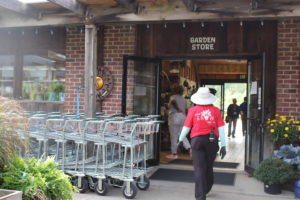
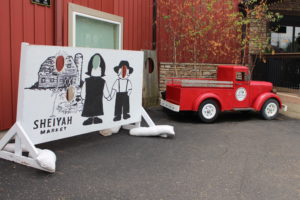
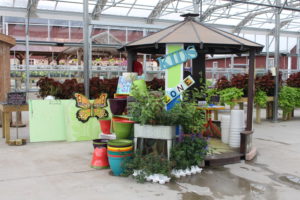

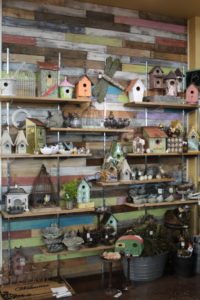
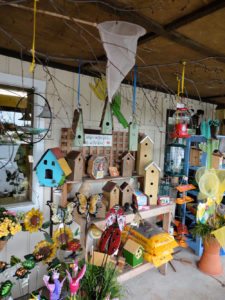
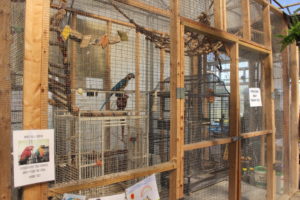
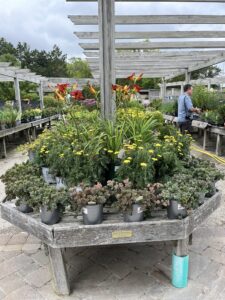
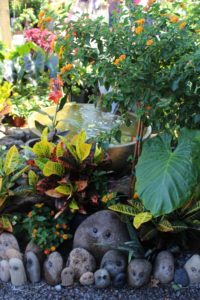

 Videos
Videos





